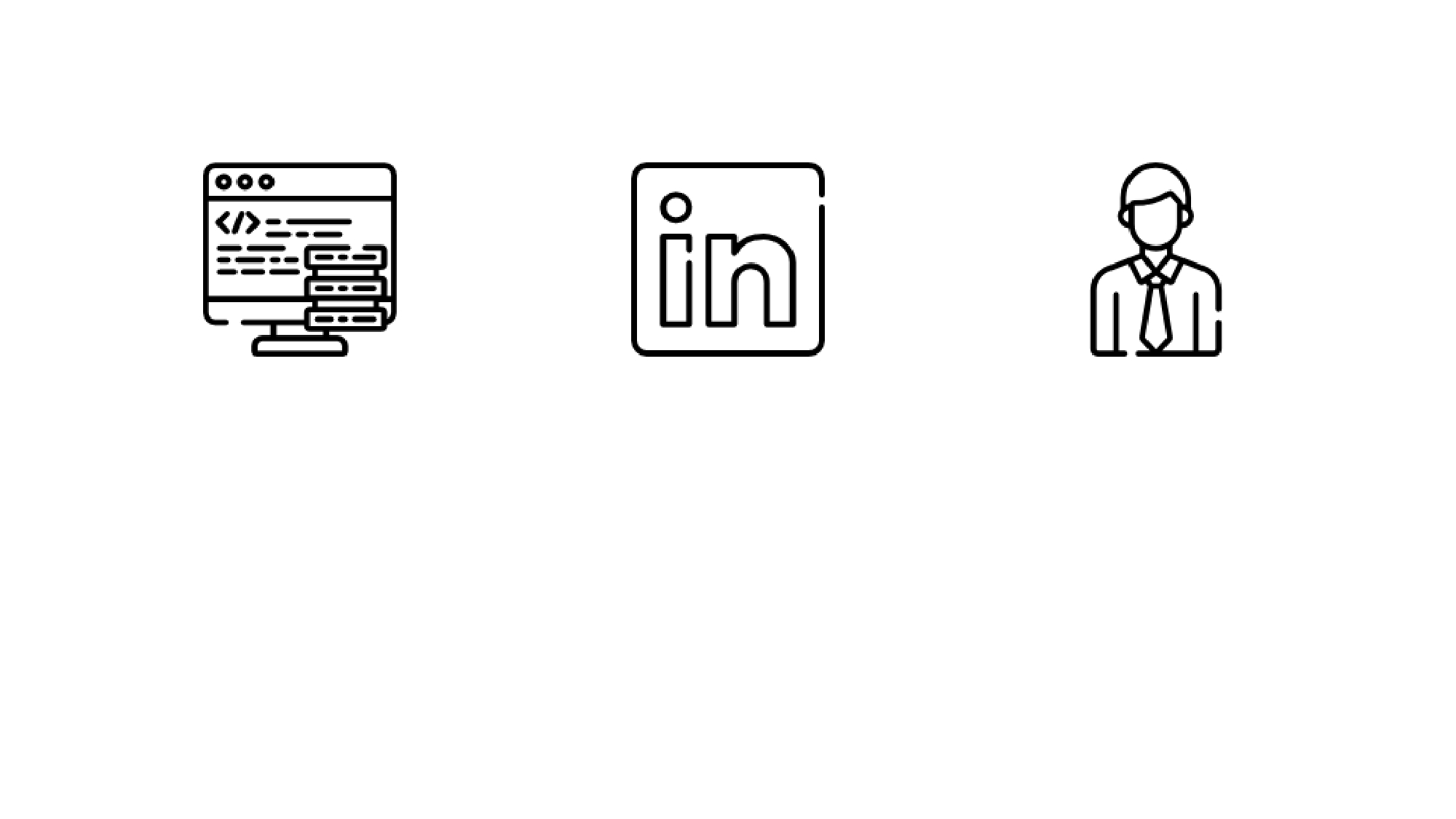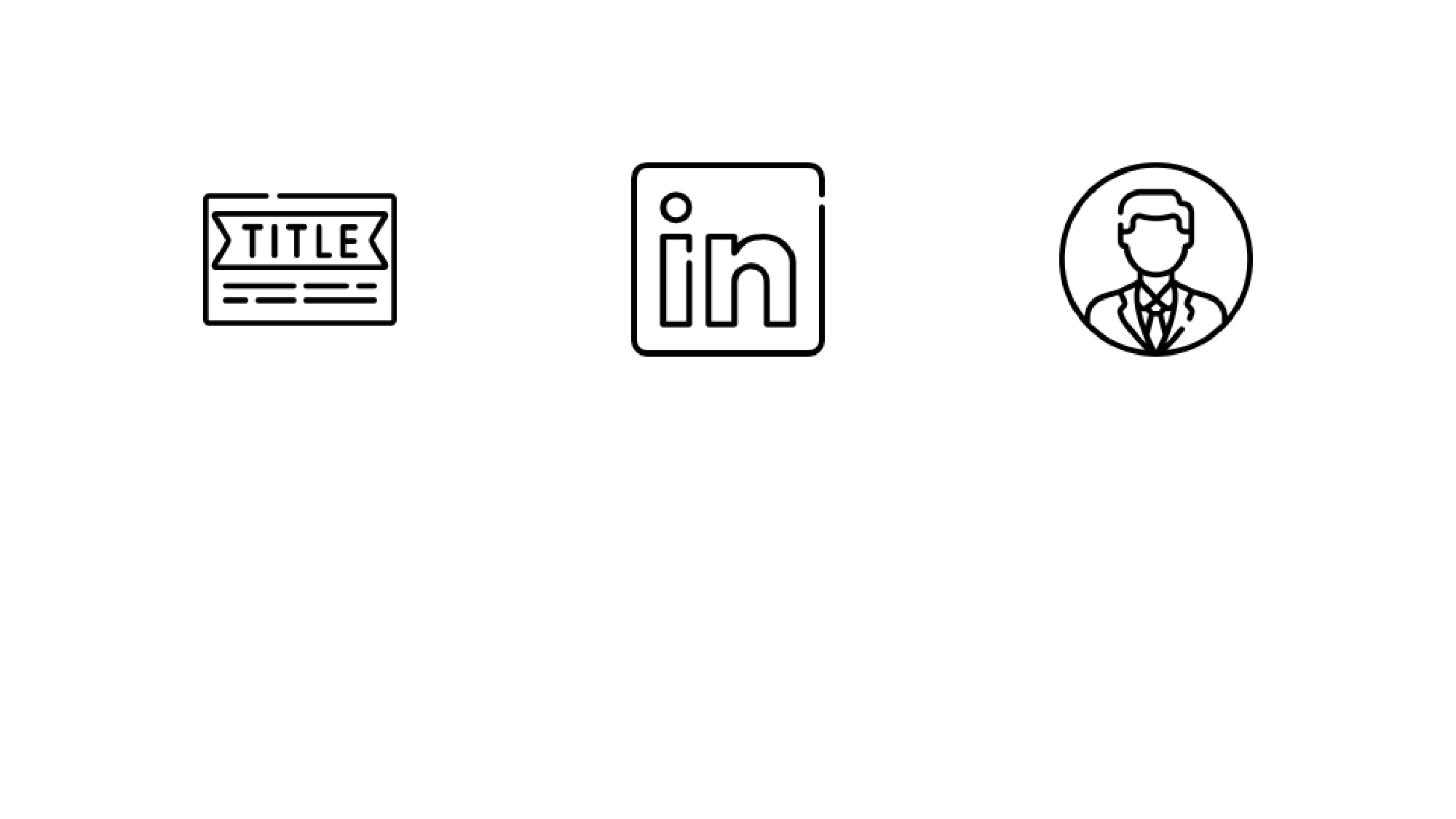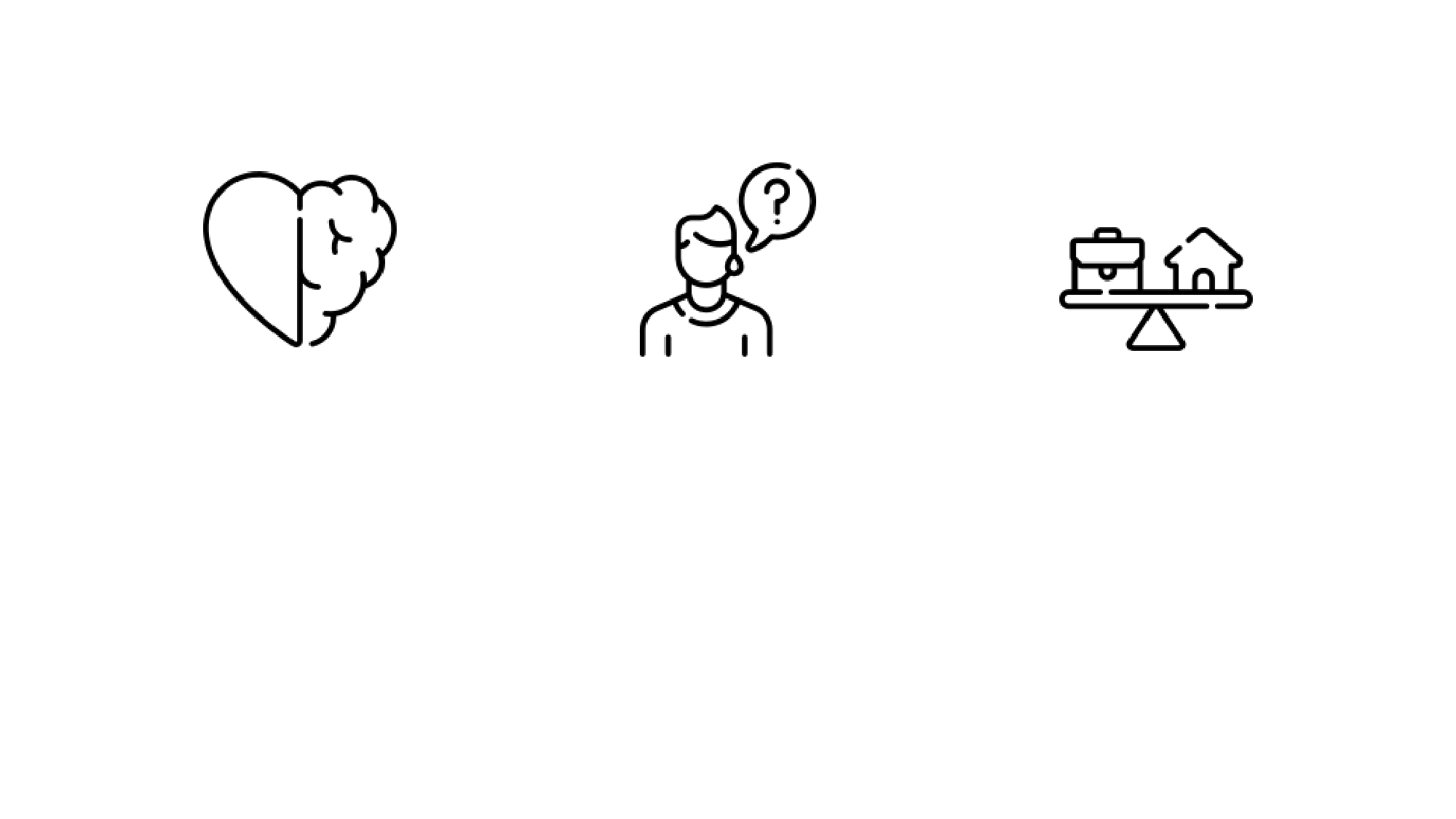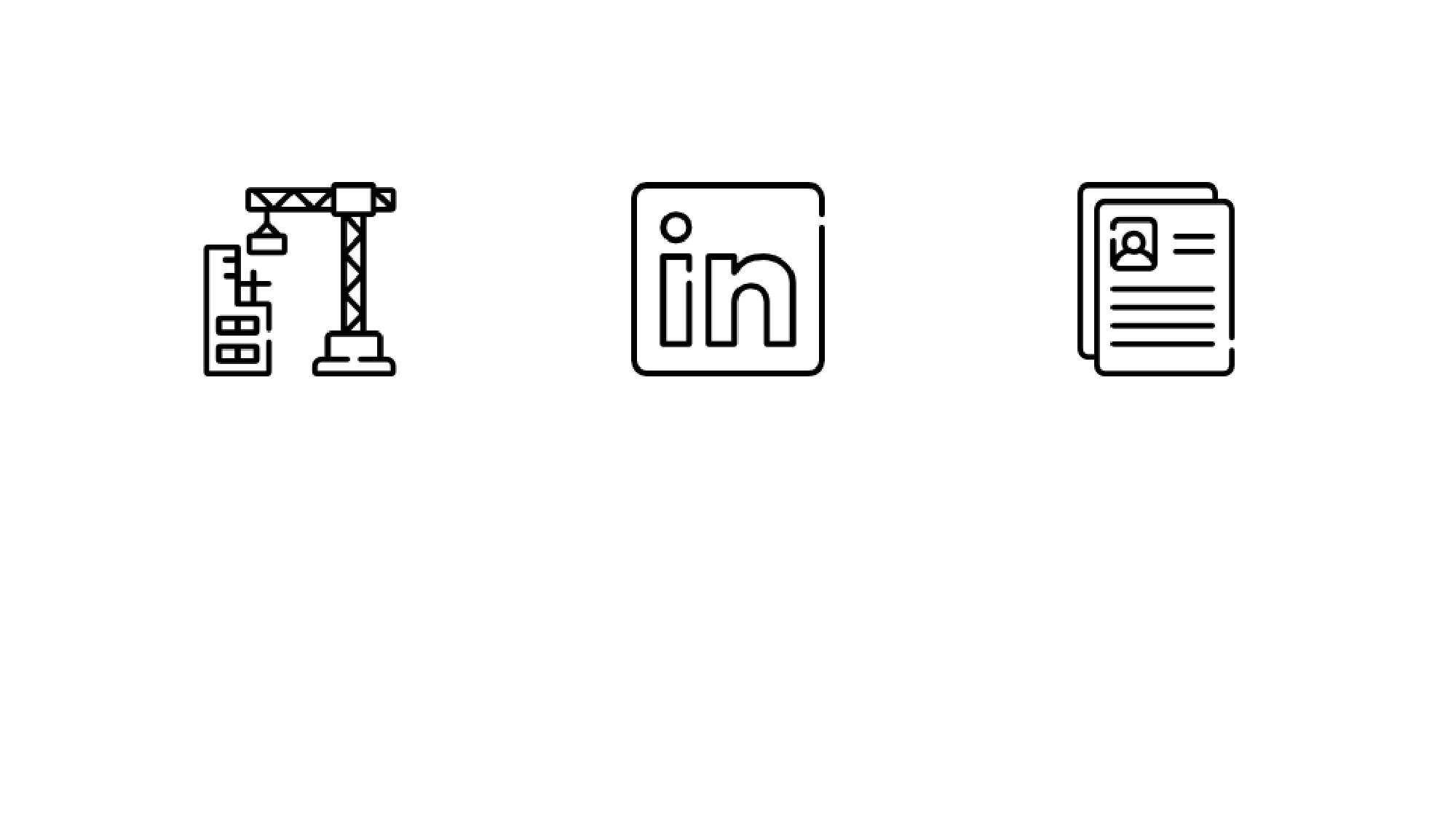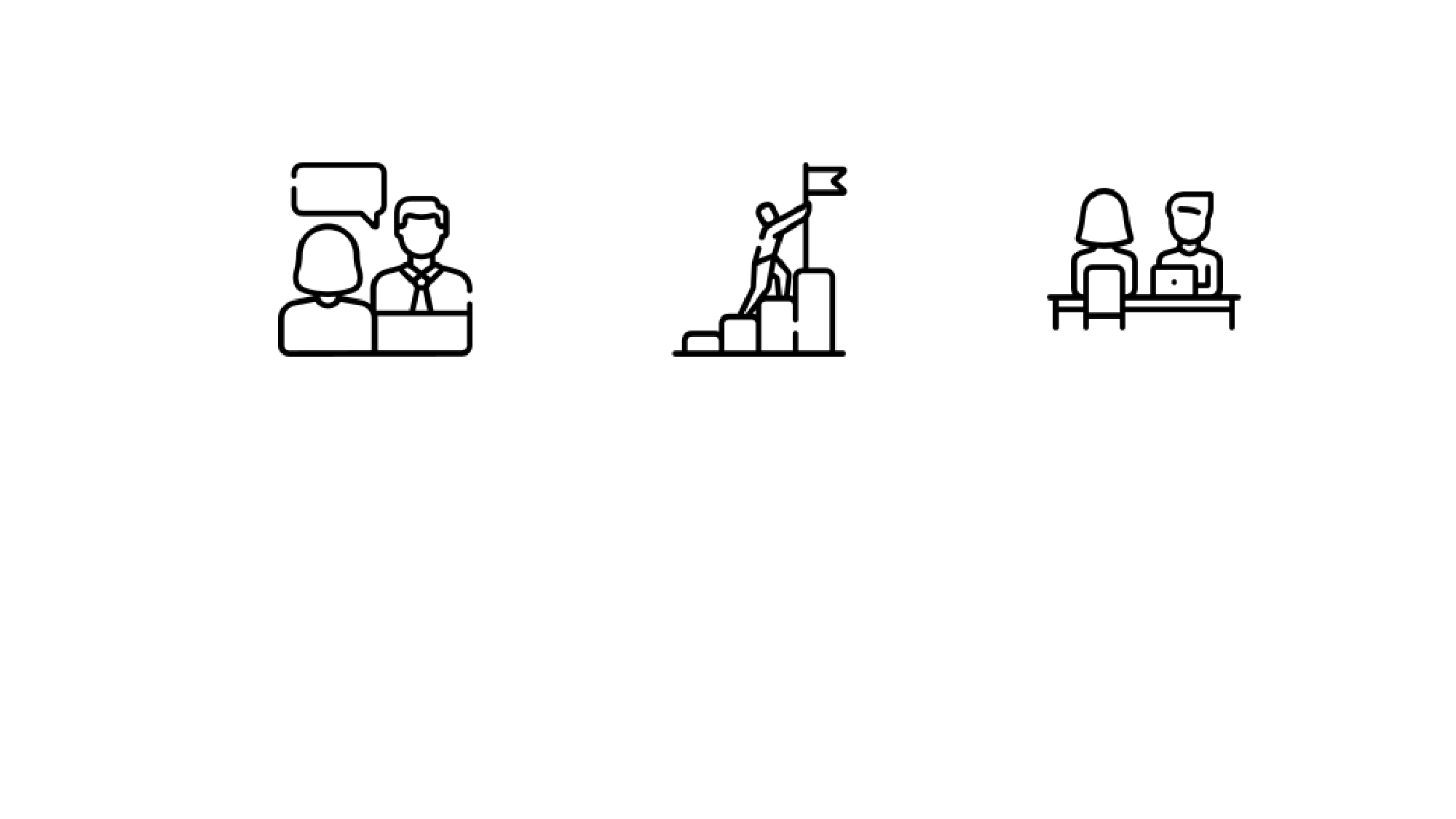
BIAS
What is the most serious disease?
Cancer
AIDS
Hepatitis
The answer is none of these.
All of us, in some measure, are Judgmental. We get blown away by it at some point in time or the other.
The most significant mental affliction that could probably erode the quality of our life is that we may be too quick to judge.
What is the terrifying variation of this disease?
We may hold steadfastly to this judgment for the rest of our lives.
How do we form our judgment?
Is it based on a single interaction in a single setting or on multiple interactions in multiple settings? Do we tend to extrapolate that judgment and make broad and sweeping generalizations?
Could it be due to the prevalent, popular beliefs that have not been validated? These contribute to a lot of preconceived notions.
A human brain works at a conscious and unconscious level. Since the brain is also prone to form associations with their past experiences quickly, bias is expected to creep into assessments.
When human beings interact with each other in a social setting, they are bound to have a set of preconceived notions about the person they’re interacting with even before they talk.
Interview bias refers to the human error of holding preconceived judgment about your interviewee, consciously or unconsciously, that clouds your evaluation of the applicant, negatively or positively, making the interview less objective and, hence, unsuccessful.
Aman is all set to interview an applicant for an open position at his organization. Aman has reviewed the resume and is well prepared to interview the applicant. He is excited to talk to this applicant, who has consistently obtained good grades throughout his academic career and has not changed jobs at frequent intervals. The applicant, in addition, has been to the best educational institutions in the world. Therefore, the applicant fits well into Aman’s concept of an ideal applicant.
While interviewing the applicant, Aman sidesteps a critical question since Aman is sure that the applicant would know the answer. After all, the applicant who attended the best educational institutions with the best grades would undoubtedly know the answer, wouldn’t they?
Perhaps unknown to Aman, he is struggling with a confirmation bias.
Bias manifests itself in various forms. For the benefit of the recruiters, I reproduce here some of the typical recruitment biases. The list is by no means comprehensive. The recruiters will do well to recognize that they can be biased, and so will the other people in the system.
Common Recruiting Biases
Confirmation bias
Confirmation bias is the tendency to search for, interpret, favor, and recall information in a way that confirms or supports one’s prior beliefs or values.
People display this bias when they select the information that supports their views, ignore contrary information, or when they interpret ambiguous evidence as supporting their existing attitudes.
Confirmation bias in employment interviews can present real problems. It can mar the judgment of a hiring manager to arrive at the best fit for an open position or cause them to reject an applicant subconsciously.
Halo Bias
Halo Bias is one of the popular manifestations of the confirmation bias
It is the most common interview bias in which an interviewer allows one vital point about the applicant to overshadow or affect everything else they say.
It could be something that pleased the applicant (halo) or something that didn’t please the applicant (horn). Something about the strong like and dislike of the applicant clouds every other applicant’s response. The objectivity of the interview is lost in the process. This is also a by-product of being influenced by first impressions.
Let us now take a look at the Halo effect and the reverse Halo effect.
Halo Effect
The halo effect draws from the idea of a person’s good traits or characteristics – their halo, so to speak – covering up or overshadowing other information about that person. A hiring manager might focus on one good thing, such as appearance, college affiliation, or some recognition in the applicant’s past, and subconsciously allow that information to cloud their judgment about the applicant.
Reverse Halo Effect
You have the reverse halo effect on the flip side of the halo effect, sometimes referred to as the “horn effect” or the “devil effect.” Like the halo effect, this bias focuses on one key piece of information that overshadows all others. However, in this instance, the characteristic being focused on is a negative or weak one. It, too, can impact a hiring manager’s ability to judge the applicant fairly and objectively.
In an interview setting, the reverse halo effect may take the form of an applicant being judged because of his or her appearance. For example, because an applicant didn’t wear a formal suit to an interview, the applicant may be perceived as lazy or uninterested.
Social Desirability Bias or Cultural Noise
Everyone wants to make an excellent first impression in interviews, reflecting social desirability or acceptance.
It can happen when applicants are being posed questions of a controversial or sensitive nature and want to conform to the norm, painting themselves in a favorable light to their potential employer. Although the applicant is not purposefully lying, they may not want to present their opinions should it affect their success in the interview.
The responses are tuned to sync with the expectations of the interviewer. Therefore, these responses need not necessarily reflect what the interviewee thinks.
The interviewer’s ability to discern an applicant’s socially acceptable answer and genuine opinion is the key to an effective selection.
Stereotyping Bias
This bias occurs when the interviewer assumes an applicant has certain traits because they are members of a particular group. For example, if job requirements include lifting 75 pounds, an interviewer might think women cannot meet this requirement.
Generalization Bias
Generalization bias can occur when interviewers assume applicants’ mannerisms in the interview are part of their everyday behavior. For example, the interviewer might think what the applicant did once is what they would always do.
This bias plays on the phrase – the first impression is the last. So, for example, candidates who are nervous in the interview can be generalized as always being nervous.
Recency Bias
Recency Bias occurs when the interviewer recalls the most recently interviewed applicant more clearly than applicants interviewed earlier because our brains are hardwired to remember details of information presented to us most recently.
This bias occurs when the interviewer probably does not make notes of every interview, making it difficult to recall every interview detail making it hard to evaluate all applicants interviewed during the decision-making process.
Contrast Effect
When a stronger applicant interviews after a relatively weaker applicant, they may appear more qualified than they are. The contrast between the two applicants makes the former appear exceptionally better than they are. Therefore, the challenge is for the interviewer to keep in check while taking interviews one after another.
For example, multiple applicants are interviewed during campus hiring, one after the other in a short period. Therefore, it might affect the recruiter’s ability to interview all applicants with a fresh and unbiased mind. The interviewer might prefer someone very confident over someone who appeared timid, despite the timid applicant being more qualified than the confident applicant.
Gender and Racial Bias
The hiring departments and search committees should ensure they don’t fall prey to stereotypes and prejudices related to gender or race while hiring an applicant. Instead, applicants should be selected purely based on good job-related skills and talents.
It is very common to hire more men than women due to either personal biases or gender stereotypes related to women, like they would not be strong enough for the role. Or hiring more Asians as they are known to be more hard-working and demand lesser pay.
Affinity bias
We tend to gravitate towards the familiar. As a result, it is not uncommon for managers to look for someone like themselves in the interviews.
How do we avoid Bias in Interviewing?
The book Fail-Safe Hiring, in the chapter, Interviewing Tales, captures an essential aspect on removing bias in the Interviewing practice
Quote
Some of them have excellent practices. They conduct a first-level telephonic interview to filter the applicants. If required, they administer a written assessment and then call the applicants to their office for the interview. They have three levels of interviews independently. They then collectively meet to decide if Human Resources must evaluate the applicant. It removes any bias in their selection process and saves the applicant several visits to the office.
Unquote
The other recommendation the book makes to the recruiters is the need to write comprehensive records during resume submissions.
An interview record highlight’s the salient aspects of the applicant’s profile. It summarizes the applicant’s suitability for a specific requirement. It also details how an objective interview record should be written.
Some of the other recommended steps that could avoid, reduce or eliminate biases during the interview process for the hiring organization and the hiring managers:
1. Institute a process at the commencement of the exercise. Introduce a screening test at the time of identifying potential applicants. The job description that has been created can serve as a checklist of sorts to determine an applicant’s potential fit for the position. Comparing the applicant’s qualification to the necessary skills for the position can help figure out if they check all the boxes the job requires
2. Assessment tests: Organizations can create assessment tests for screening applicants. These tests can be automated, removing human involvement in the process. It minimizes the chances of the candidates to provide socially desirable answers.
3. Open-ended questions: Assessment tests driven by open-ended questions enable the interviewee to say more than just a simple yes or no, providing more information about their personality traits for better assessment.
4. Standardize your questions: Make sure your interview questions are the same for each applicant and based on information about the skills and background necessary for the open position.
5. Ask others to contribute: Conducting interviews as a panel is an excellent way to help ensure objectivity. You can also ask one group to pre-screen resumes received, while another group handles questioning applicants.
6. Take notes: Recording notes from each applicant’s interview can assist you in remembering responses to questions objectively rather than falling into potential biases based on your interpretations or beliefs.
7. If you are interviewing several applicants on the same day, make sure you are taking regular breaks
If your interviews are structured, each question should be scored against the criteria – you want to score applicants according to your criteria, not against the previous applicant.
It would help if you also were scoring as you go or immediately following the interview so that the scores help you to recall what someone said.
Reference material
1. Study.com
https://study.com/academy/lesson/avoiding-bias-in-employment-interviews.html
2. Talview.com
https://blog.talview.com/what-is-interview-bias-how-to-avoid-it-while-hiring
Related Posts
Campus Recruitment
How well this mistaken ideas off denouncing pleasure & praisings will give you complete.
Time to Reinvent
How well this mistaken ideas off denouncing pleasure & praisings will give you complete.
Diversity Recruitment
How well this mistaken ideas off denouncing pleasure & praisings will give you complete.
Effective Hiring Metrics: Augmented
How well this mistaken ideas off denouncing pleasure & praisings will give you complete.








